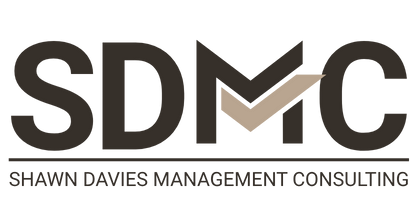White Paper: Integrating Acquisitions as CEO – Structuring for Success and Driving Accountability
Executive Summary
Successfully integrating acquisitions requires more than combining systems and cutting costs. It demands structural clarity, cultural unification, and direct leadership from the CEO to unlock value. At the heart of this process lies a deliberate approach to defining the organization, aligning accountability, and creating a high-performance operating rhythm. This white paper outlines how to integrate acquisitions effectively by establishing a clear organizational structure, communicating expectations, and setting the tone for results-focused execution.
I. Structuring for Integration Success
Acquisitions often fail due to unclear roles, redundant functions, and fragmented accountability. The CEO must:
Define the Organizational Design Early: Map the post-acquisition structure within the first 60 days. Clarify leadership roles, reporting lines, and functional interdependencies.
Eliminate Redundancy: Consolidate overlapping functions while retaining best-in-class capabilities across the combined business.
Segment for Growth: Organize around strategic customer segments, products, and geographies to better focus go-to-market efforts.
Centralize or Decentralize with Intent: Choose where scale matters (e.g., finance, procurement) versus where local agility wins (e.g., sales, operations).
II. The CEO’s Role: Setting Expectations and Leading From the Front
Integration success hinges on visible, active leadership:
Set the Tone: From Day 1, communicate a clear vision for the future and what success looks like.
Drive Alignment: Personally lead integration updates, town halls, and decision-making forums to align teams.
Model Accountability: Cascade KPIs and ensure performance is measured, tracked, and acted on. Hold direct reports accountable with rigor and fairness.
Accelerate Decision-Making: Remove bottlenecks and empower leaders to move quickly with confidence.
III. Establishing the Right Operating Model
To move from combination to cohesion, implement an operating model that reinforces focus and execution:
Integrated Business Reviews: Institute monthly performance reviews that cut across legacy organizations.
Functional Ownership: Assign executive sponsors for each key function to own outcomes and integration progress.
Process Harmonization: Standardize critical workflows such as quoting, order fulfillment, customer service, and inventory management.
System Integration Roadmap: Prioritize technology systems based on commercial impact and operational risk.
IV. Embedding a Performance-Based Culture
Cultural misalignment often undermines integration. Create a culture that drives results:
Define Performance Metrics: Establish what success looks like—commercial, operational, and cultural.
Promote on Merit: Recognize and elevate talent based on contribution, not legacy company affiliation.
Celebrate Wins Publicly: Reinforce desired behaviors and progress milestones across both legacy and acquired teams.
Be Decisive: Remove cultural blockers quickly to show that performance and alignment matter.
Conclusion
Integrating acquisitions is a moment of strategic leverage—and risk. CEOs must take the lead in shaping structure, setting expectations, and enforcing accountability. With a clearly defined organization, rigorous operating model, and performance-first mindset, the newly combined entity can deliver on its potential and exceed stakeholder expectations.
About the Author
From 2019 to 2023, while at Recochem, Shawn led the integration of five strategic acquisitions, helping expand the company’s capabilities, market presence, and customer reach. Notably, the acquisition of Adam’s Polishes marked a major shift into new product categories and customer channels, enhancing Recochem’s position in premium car care. Additionally, the acquisition of KOST USA expanded the company's geographic footprint across North America, adding scale and new strategic accounts to the platform. These integrations were underpinned by a strong organizational redesign, commercial realignment, and cultural unification under a performance-first mindset.
Shawn has managed diverse workforces across multi-site operations and consistently built high-performing executive teams anchored in accountability, growth, and execution. This white paper reflects his firsthand leadership experience and the pragmatic approaches required to achieve real-world integration success.
